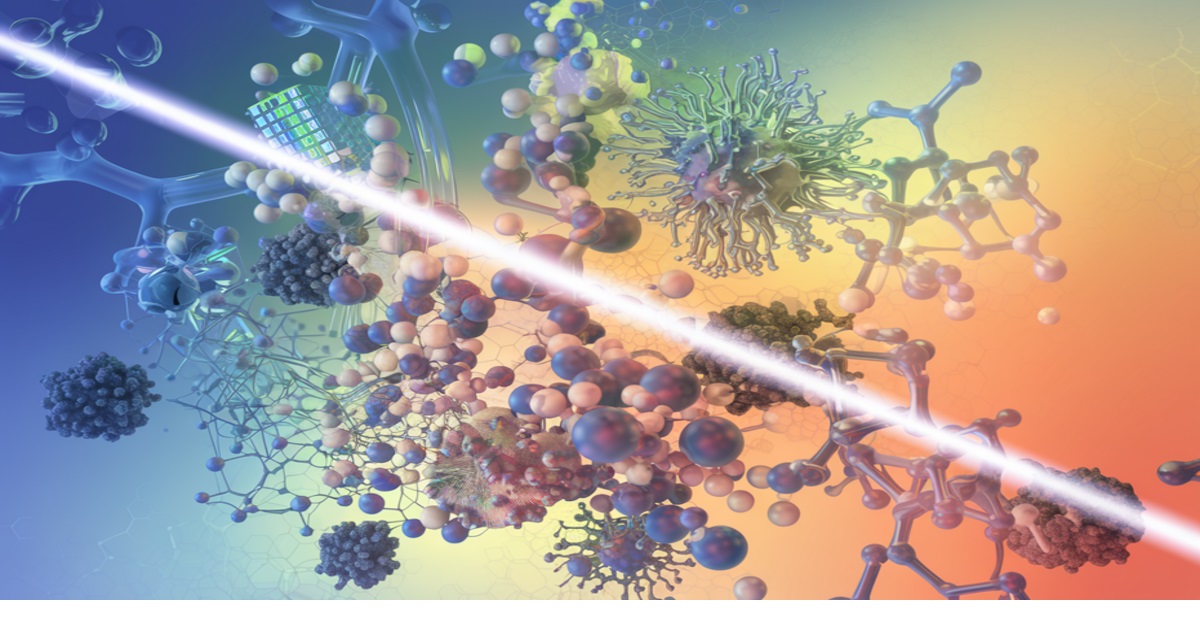Nanomaterials in Photochemical Devices: Advances and Applications
A special issue of Molecules (ISSN 1420-3049). This special issue belongs to the section "Photochemistry".
Deadline for manuscript submissions: 31 December 2025 | Viewed by 1861

Special Issue Editor
Interests: optical sensors; light scattering; solar cells; resonant nanostructures; metamaterials; liquid crystal-based sensors
Special Issues, Collections and Topics in MDPI journals
Special Issue Information
Dear Colleagues,
The integration of nanomaterials in photochemical devices has revolutionized various sectors, including energy, environmental, and biomedical applications. Recent advancements have demonstrated the immense potential of these materials in enhancing the efficiency and functionality of photochemical processes.
Photochemical synthesis has emerged as a promising method for producing metallic nanoparticles, offering advantages such as room temperature operation, simple equipment requirements, and reduced environmental impact. Gold and silver nanoparticles have particularly garnered significant attention due to their unique physicochemical properties and versatile applications in biomedicine, catalysis, and electronics. In the realm of environmental applications, metal oxide-based nanomaterials have shown remarkable efficacy in the photocatalytic degradation of pollutants. Materials such as TiO2, ZnO, and CuO have demonstrated high photocatalytic activity, making them valuable for wastewater treatment and environmental remediation. The biomedical field has also benefited greatly from photo-responsive nanomaterials. These materials have been employed in various diagnostic and therapeutic applications, including photodynamic therapy, photothermal therapy, and bioimaging. Polymer-based nanocarriers have been also developed to encapsulate photosensitizers, addressing issues of toxicity and improving targeted delivery. Carbon nanomaterials have shown promise in photoacoustic imaging, leveraging their unique physical and electrochemical properties. This emerging technique offers new possibilities for non-invasive medical diagnostics and research.
We welcome original research articles, review papers, and short communications that address various aspects of nanomaterials in photochemical devices, including (but not limited to) the following:
- Novel synthesis methods for photo-responsive nanomaterials.
- The characterization and manipulation of photochemical nanoparticles.
- Applications in energy conversion and storage.
- Environmental remediation using photocatalytic nanomaterials.
- Biomedical applications of photo-triggered nanomaterials.
- Advances in photoacoustic imaging using nanomaterials.
- The theoretical modeling and simulation of nanomaterial-based photochemical processes.
Dr. Braulio García-Cámara
Guest Editor
Manuscript Submission Information
Manuscripts should be submitted online at www.mdpi.com by registering and logging in to this website. Once you are registered, click here to go to the submission form. Manuscripts can be submitted until the deadline. All submissions that pass pre-check are peer-reviewed. Accepted papers will be published continuously in the journal (as soon as accepted) and will be listed together on the special issue website. Research articles, review articles as well as short communications are invited. For planned papers, a title and short abstract (about 100 words) can be sent to the Editorial Office for announcement on this website.
Submitted manuscripts should not have been published previously, nor be under consideration for publication elsewhere (except conference proceedings papers). All manuscripts are thoroughly refereed through a single-blind peer-review process. A guide for authors and other relevant information for submission of manuscripts is available on the Instructions for Authors page. Molecules is an international peer-reviewed open access semimonthly journal published by MDPI.
Please visit the Instructions for Authors page before submitting a manuscript. The Article Processing Charge (APC) for publication in this open access journal is 2700 CHF (Swiss Francs). Submitted papers should be well formatted and use good English. Authors may use MDPI's English editing service prior to publication or during author revisions.
Keywords
- nanomaterials
- photochemistry
- photocatalysis
- nanoparticles
- energy conversion
- environmental remediation
- biomedical applications
- photoacoustic imaging
Benefits of Publishing in a Special Issue
- Ease of navigation: Grouping papers by topic helps scholars navigate broad scope journals more efficiently.
- Greater discoverability: Special Issues support the reach and impact of scientific research. Articles in Special Issues are more discoverable and cited more frequently.
- Expansion of research network: Special Issues facilitate connections among authors, fostering scientific collaborations.
- External promotion: Articles in Special Issues are often promoted through the journal's social media, increasing their visibility.
- Reprint: MDPI Books provides the opportunity to republish successful Special Issues in book format, both online and in print.
Further information on MDPI's Special Issue policies can be found here.






